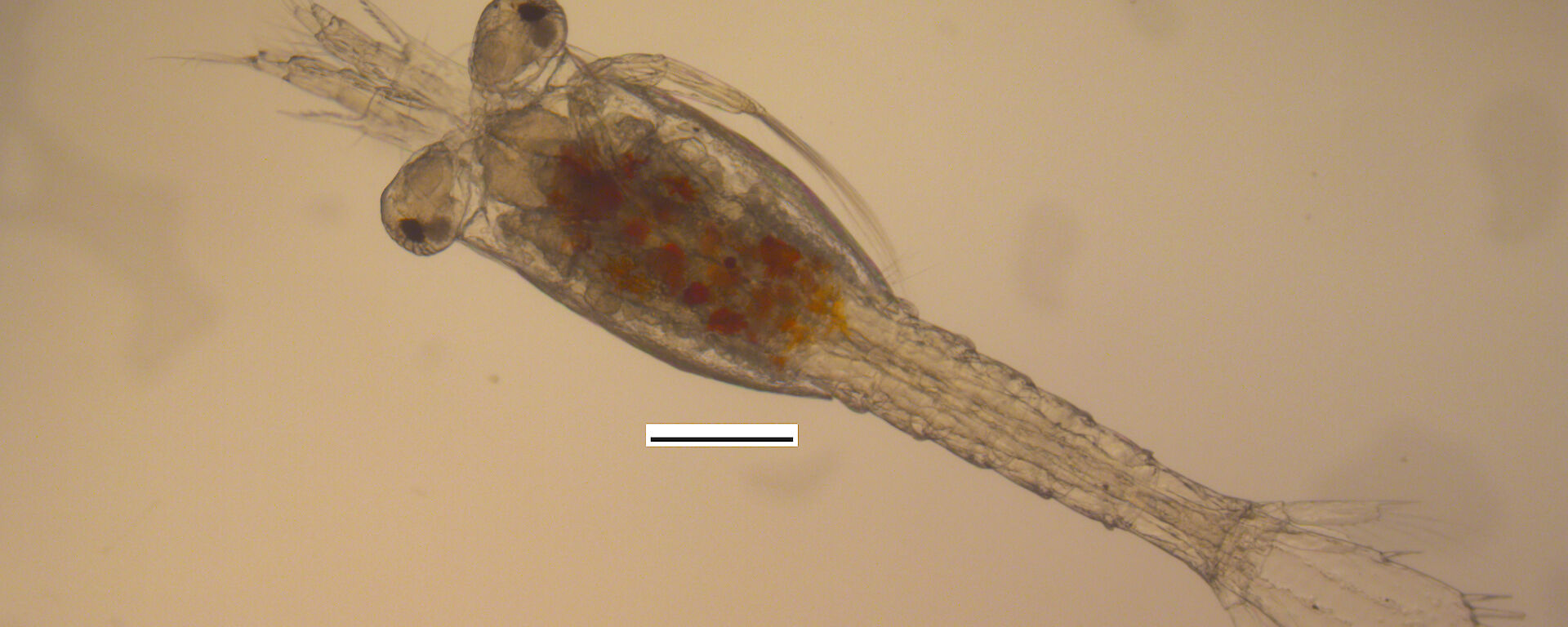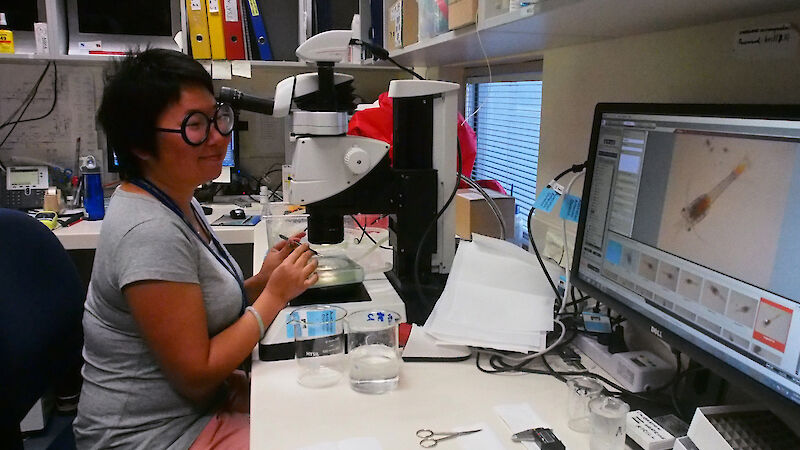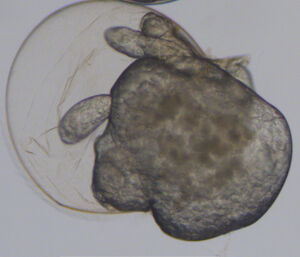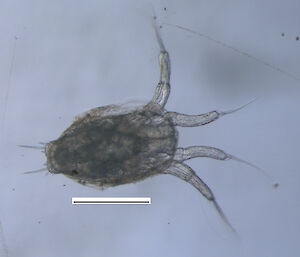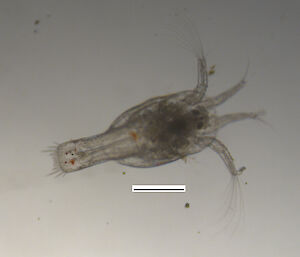The first photographic record of all the life stages of Antarctic krill, from newly fertilised egg to juvenile, has been painstakingly documented by PhD student Zhongnan (Molly) Jia at the Australian Antarctic Division.
Over five months Molly, who is studying through the Institute for Marine and Antarctic Studies, photographed the 12 stages of embryo development and 12 stages of larval development, from eggs spawned in the Australian Antarctic Division’s krill aquarium. At times Molly had to camp in her office to ensure she captured every moment.
‘The krill spawned at about one o’clock in the afternoon and that night I slept in my office with my alarm on so that I could photograph embryo development every three hours,’ she says.
‘By the third day I couldn’t do it anymore, but by then the embryos weren’t changing as rapidly and I was able to leave them for longer.’
After six days the first larval stage hatched and Molly spent another 138 days recording larval development, taking photographs every five days using a Leica M205C dissecting stereo-microscope.
This microscope allowed her to focus on and photograph different layers of her subject, before combining the images for a clear view through the animal.
‘I photographed between eight and 10 layers so, for example, I could see the shell of the developing larva, the eyes and under the eyes,’ she says.
At times she had to subdue her subjects by spiking their water with alcohol.
‘Once the larvae developed tails they swam too fast to focus on, so I had to calm them down with a drop of ethanol,’ she says.
The result is the first detailed photographic documentation of live Antarctic krill development under controlled laboratory conditions. Prior to this work krill biologists relied on detailed 1930s drawings of krill captured in net trawls and less detailed embryo photographs produced in the 1980s.
‘Because of the technical difficulties of maintaining live krill in the laboratory and obtaining fresh eggs in the field, there has been no detailed description of the entire life history of this species until now,’ Molly says.
‘The Australian Antarctic Division krill aquarium is the only place in the world where we can do this detailed work because we can maintain eggs and larvae from wild-caught Antarctic krill.’
The work will provide an important baseline reference for future studies on the effects of climate change on these sensitive krill life stages.
Molly is pleased this research for the first chapter of her PhD thesis is finished, but she has fond memories of her five months glued to the microscope.
‘It was really fun to see so many changes that I normally wouldn’t have noticed,’ she says.
‘I learnt so much about krill. It was almost like watching a baby grow up.’
Wendy Pyper
Australian Antarctic Division

